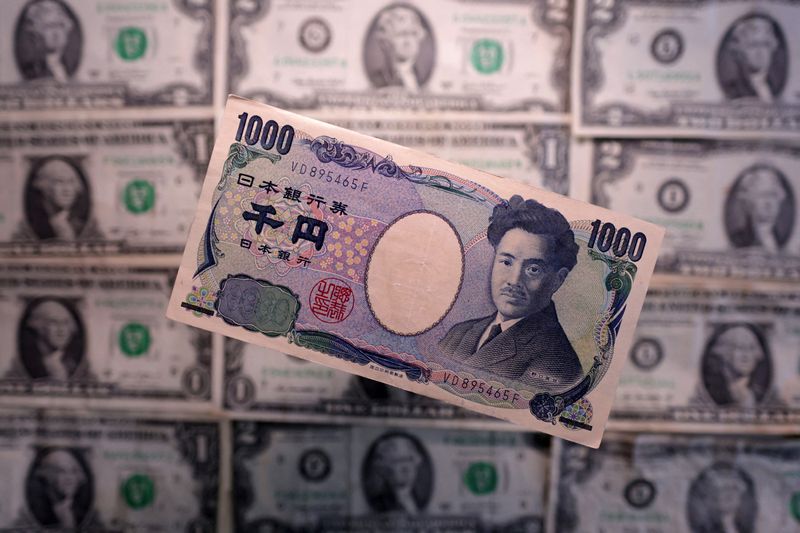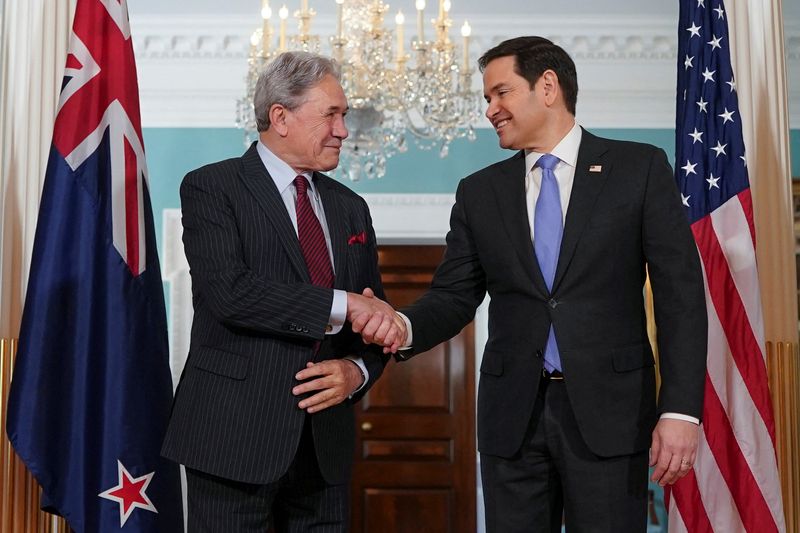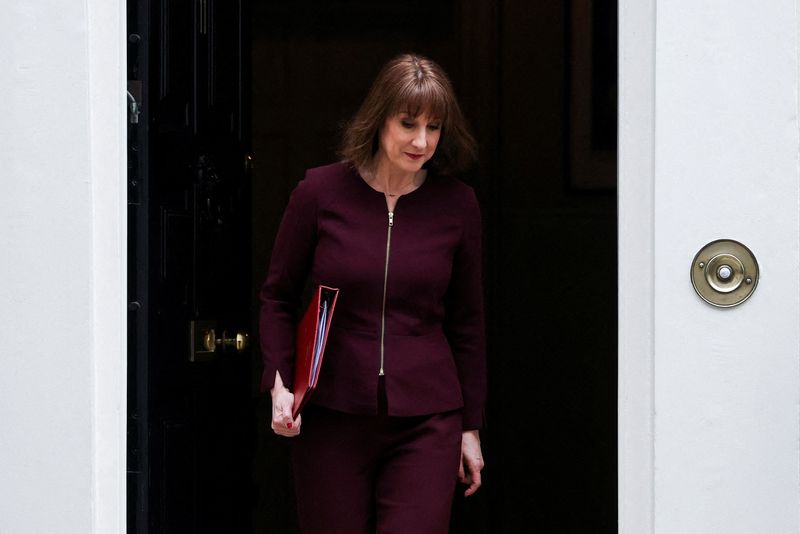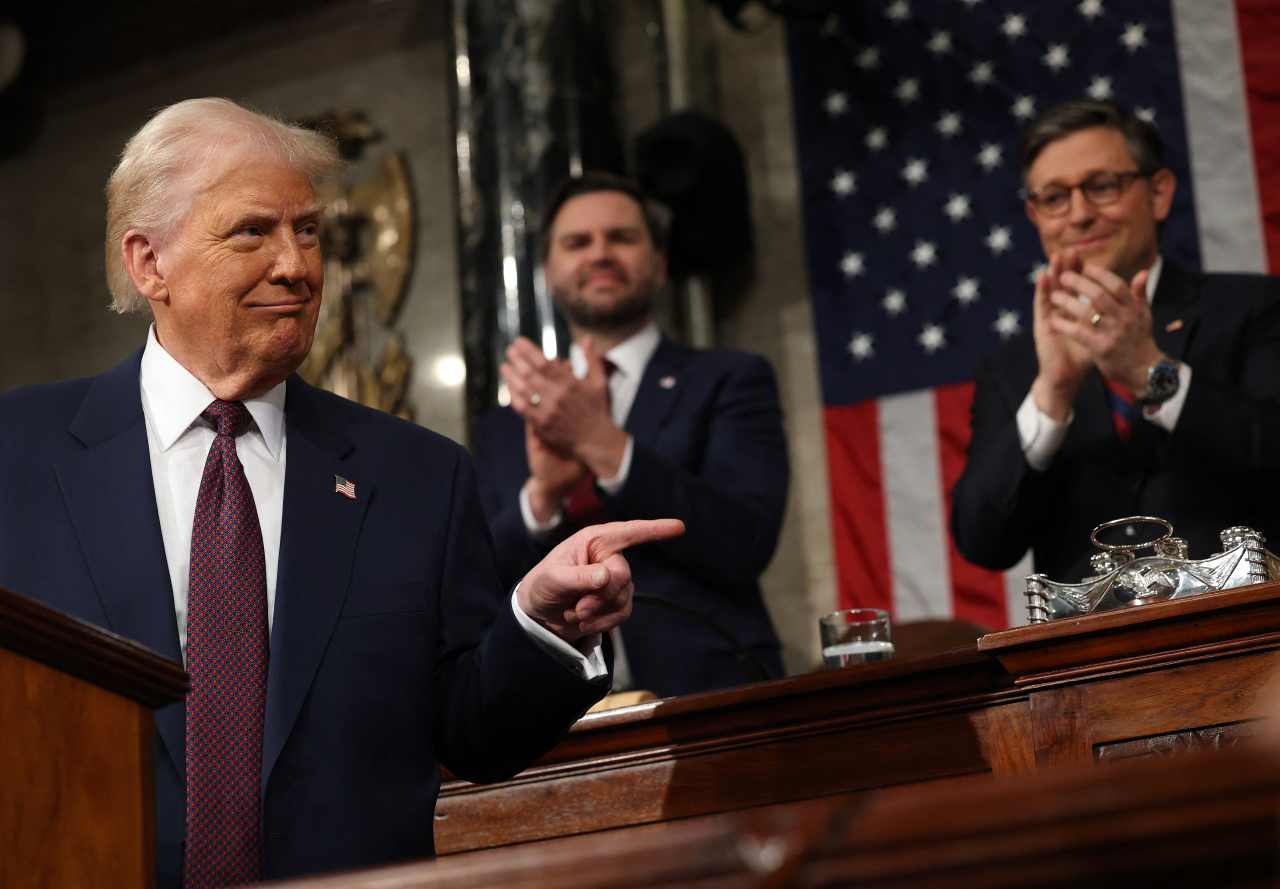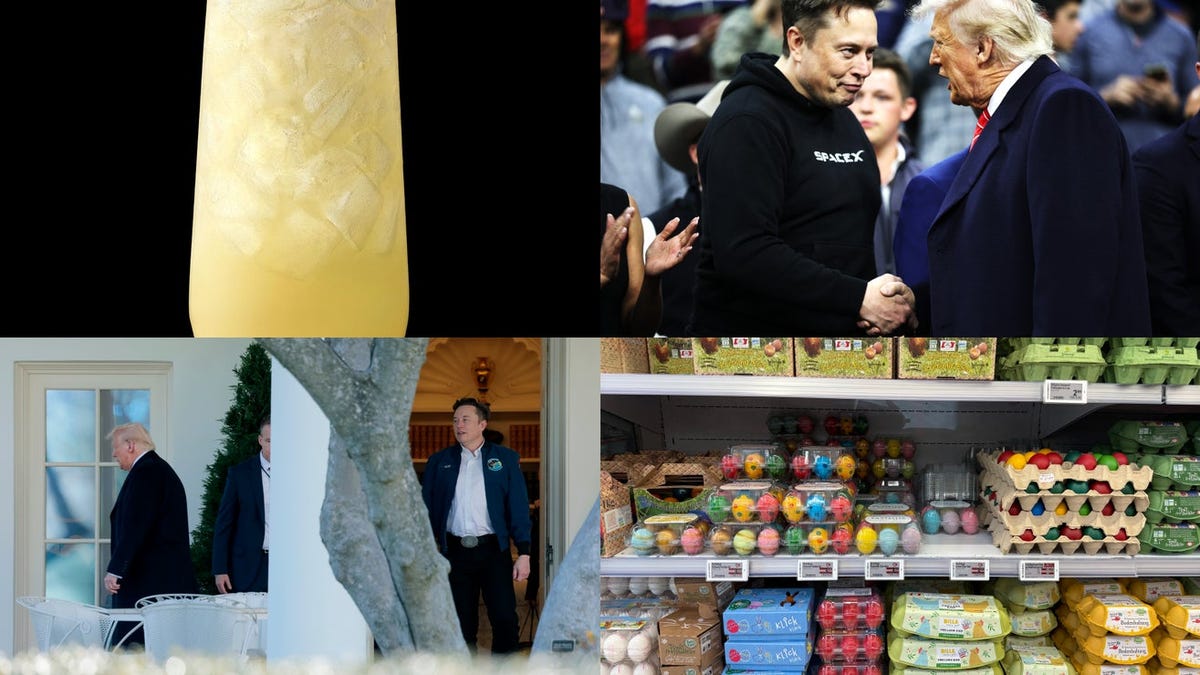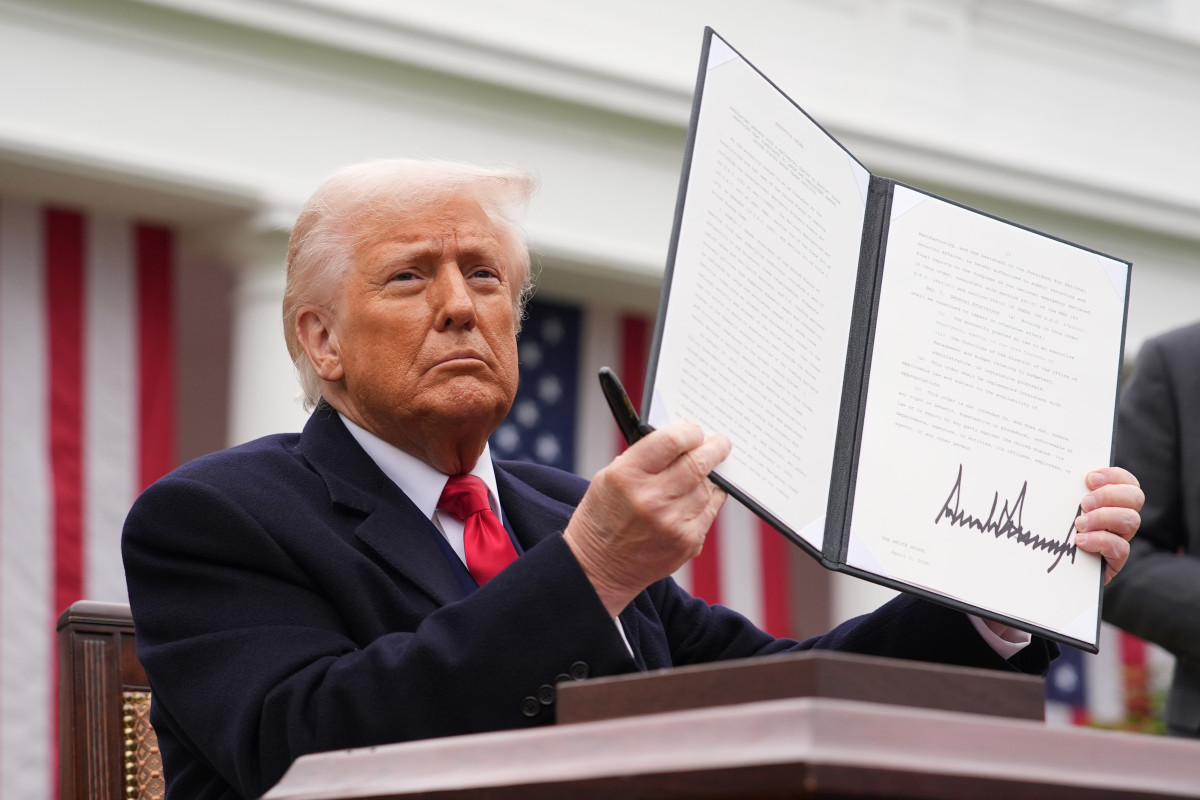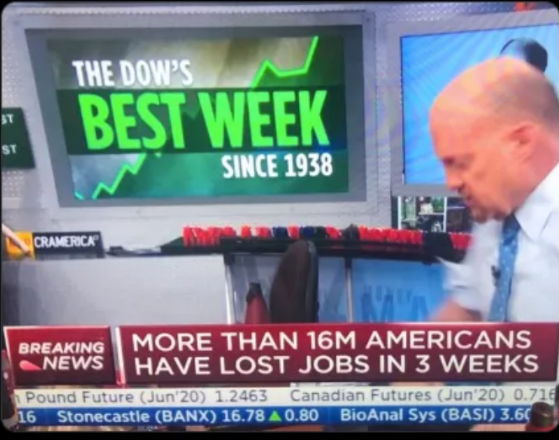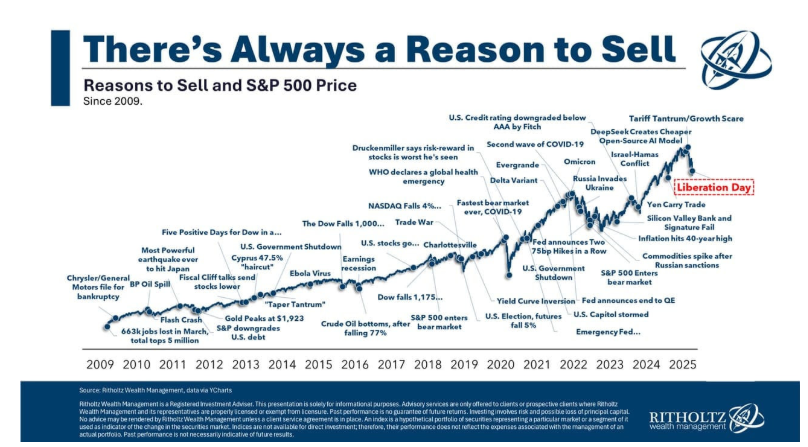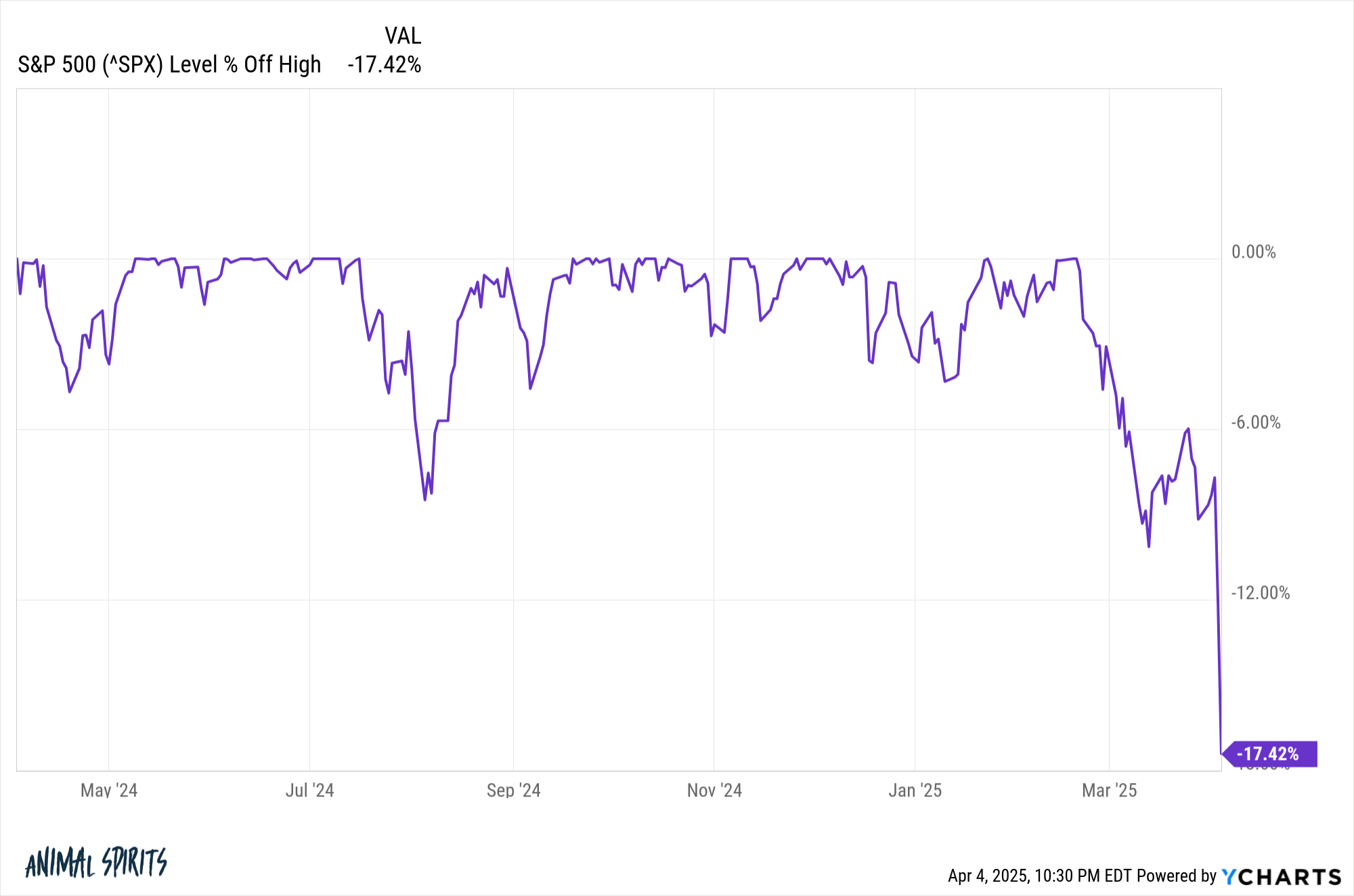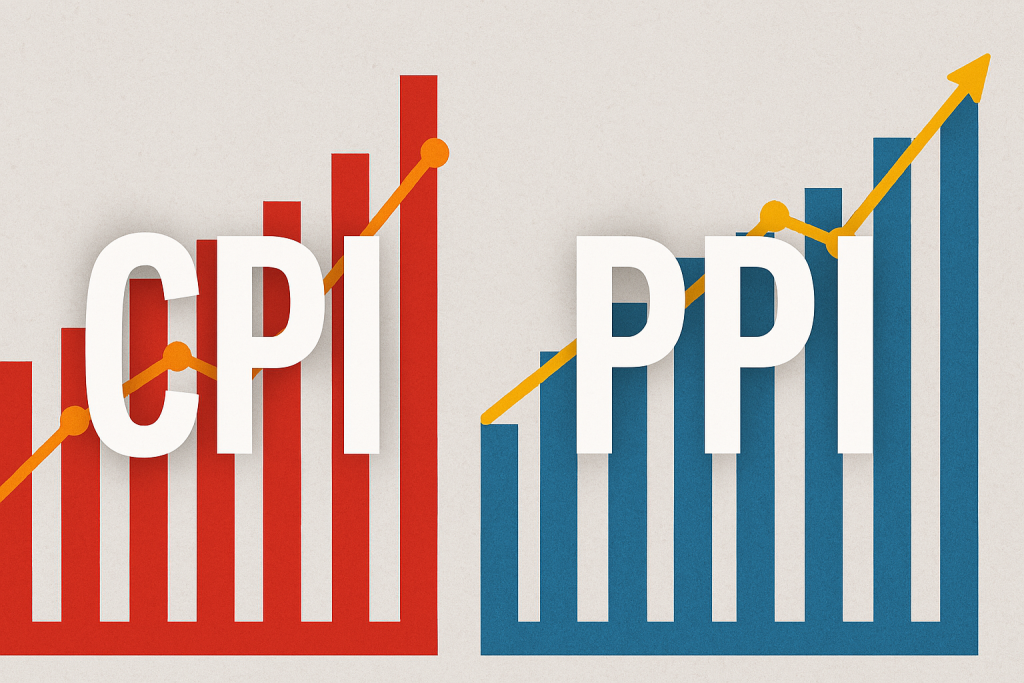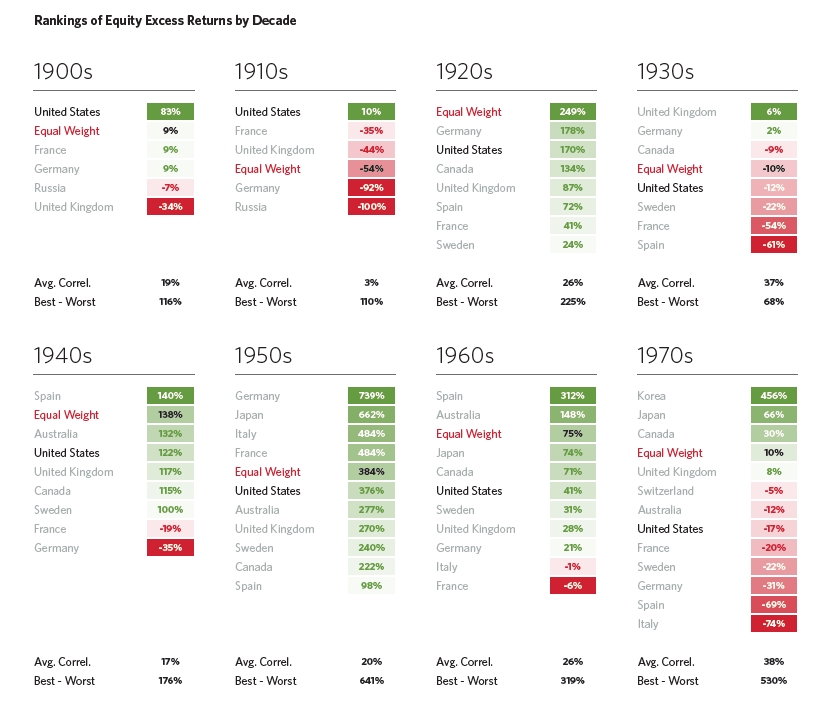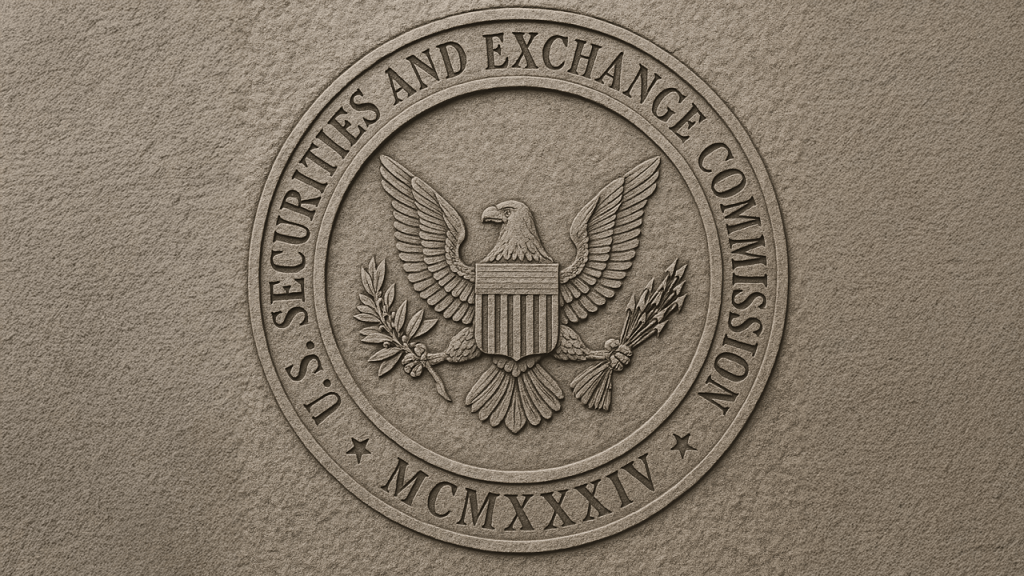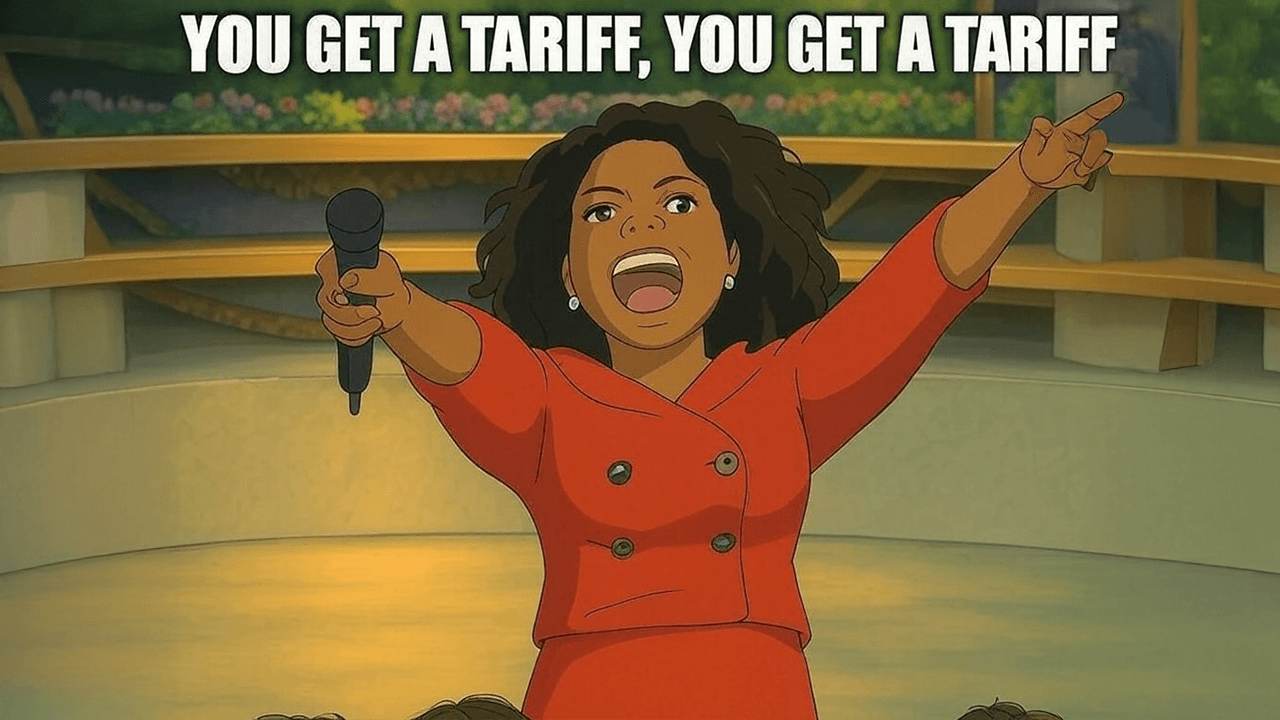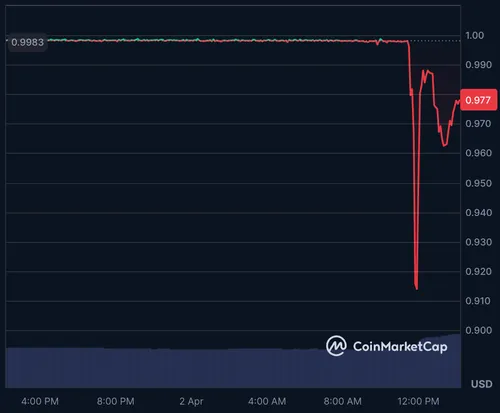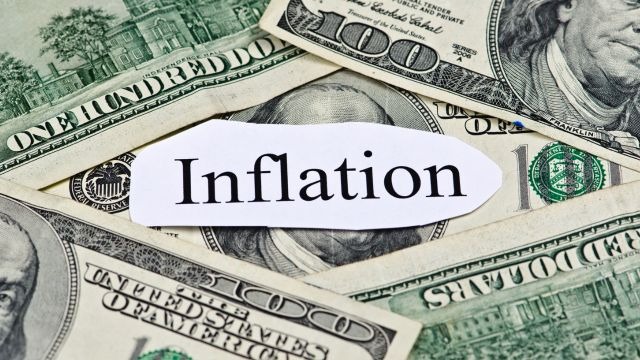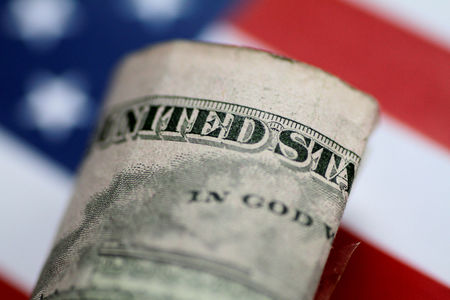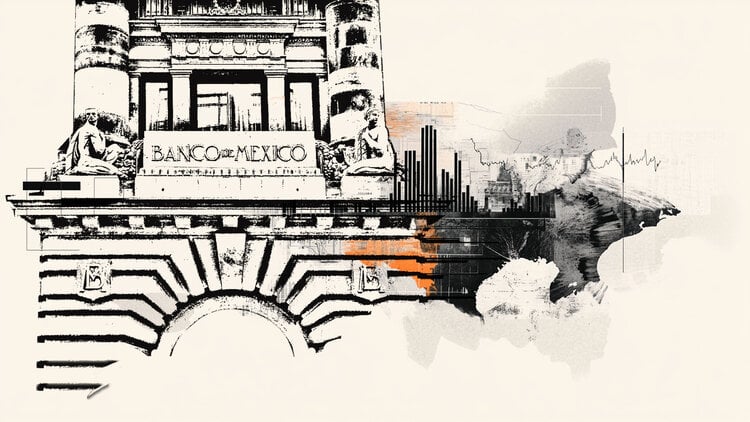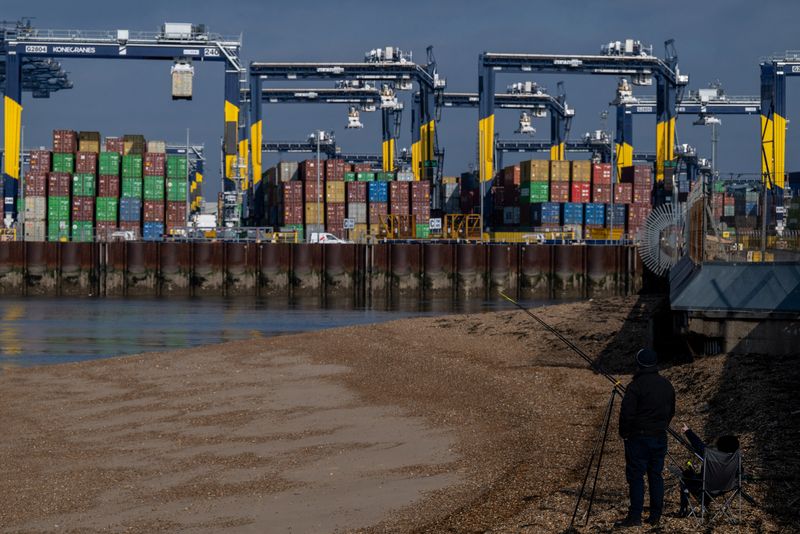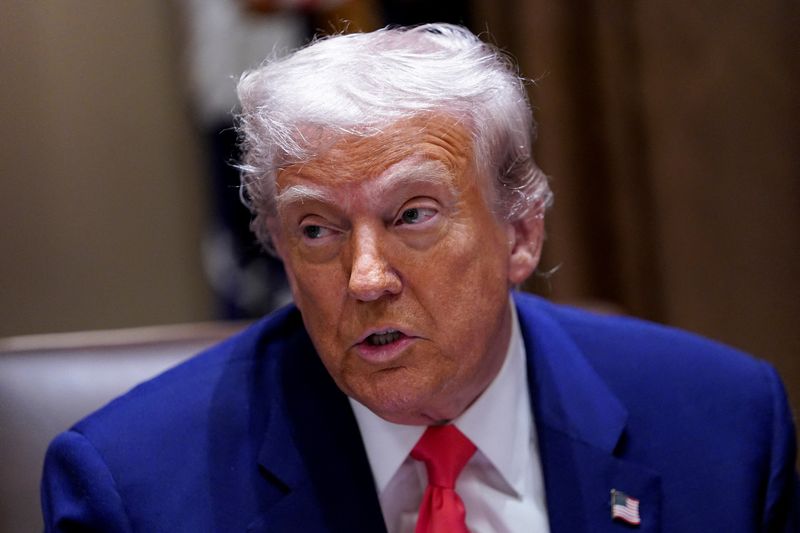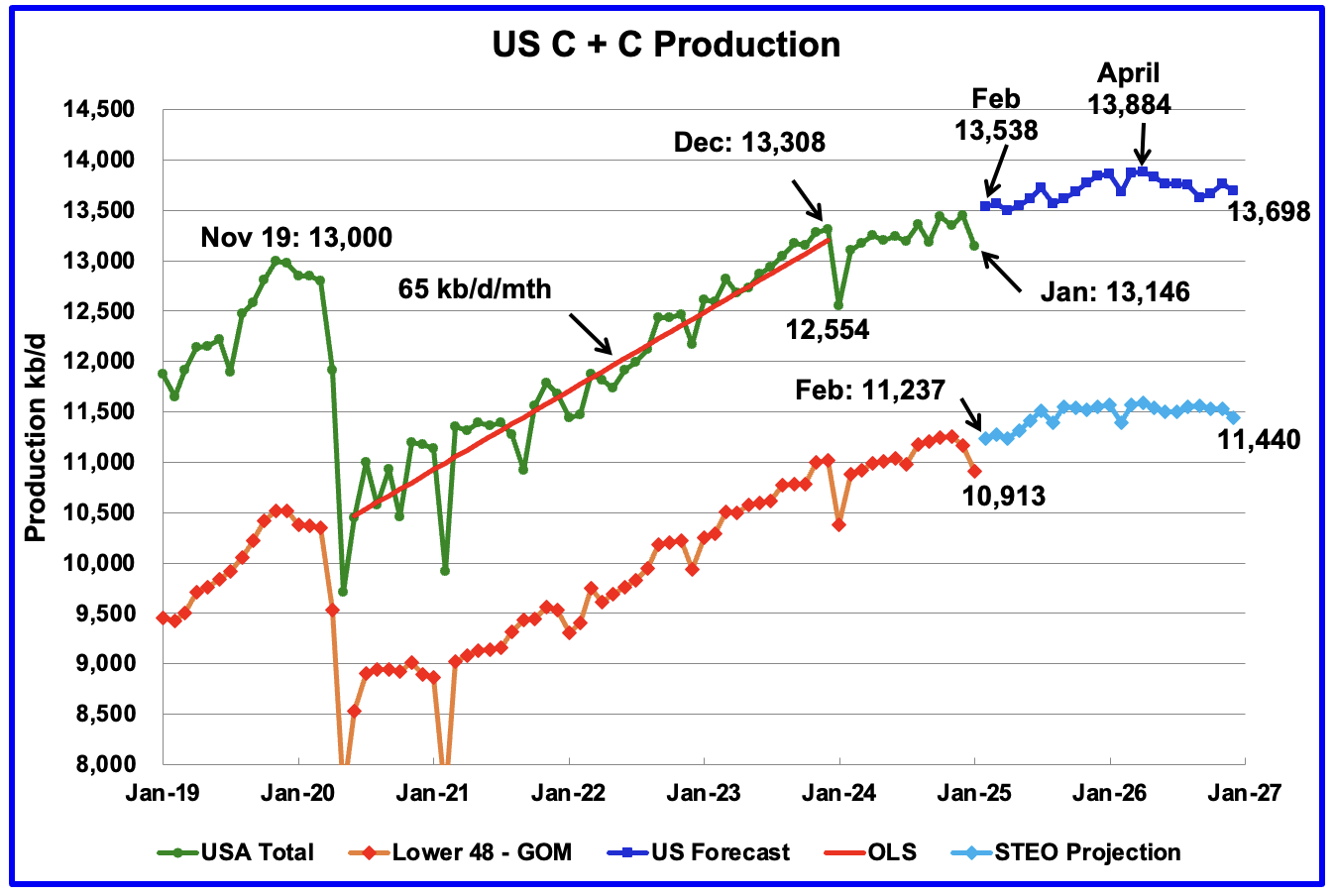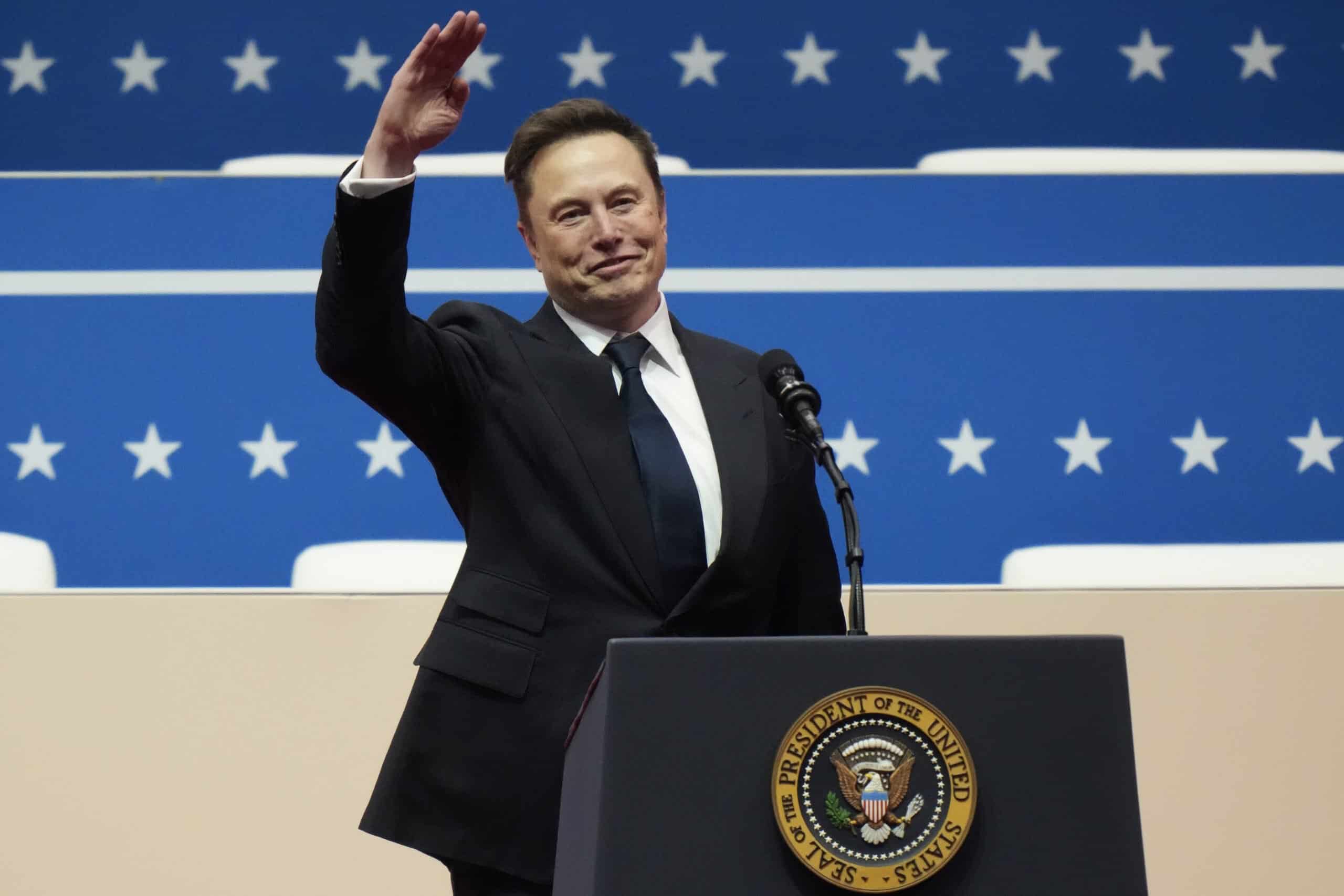These Tariffs Completely Reshaped the World
You’ve likely heard about tariffs more than a few times in the news recently. President Donald Trump has threatened to impose steep tariffs on imports from Canada, China, and Mexico. These tariffs would increase the tax on goods imported from these countries — which means those goods would cost a whole lot more by the […] The post These Tariffs Completely Reshaped the World appeared first on 24/7 Wall St..
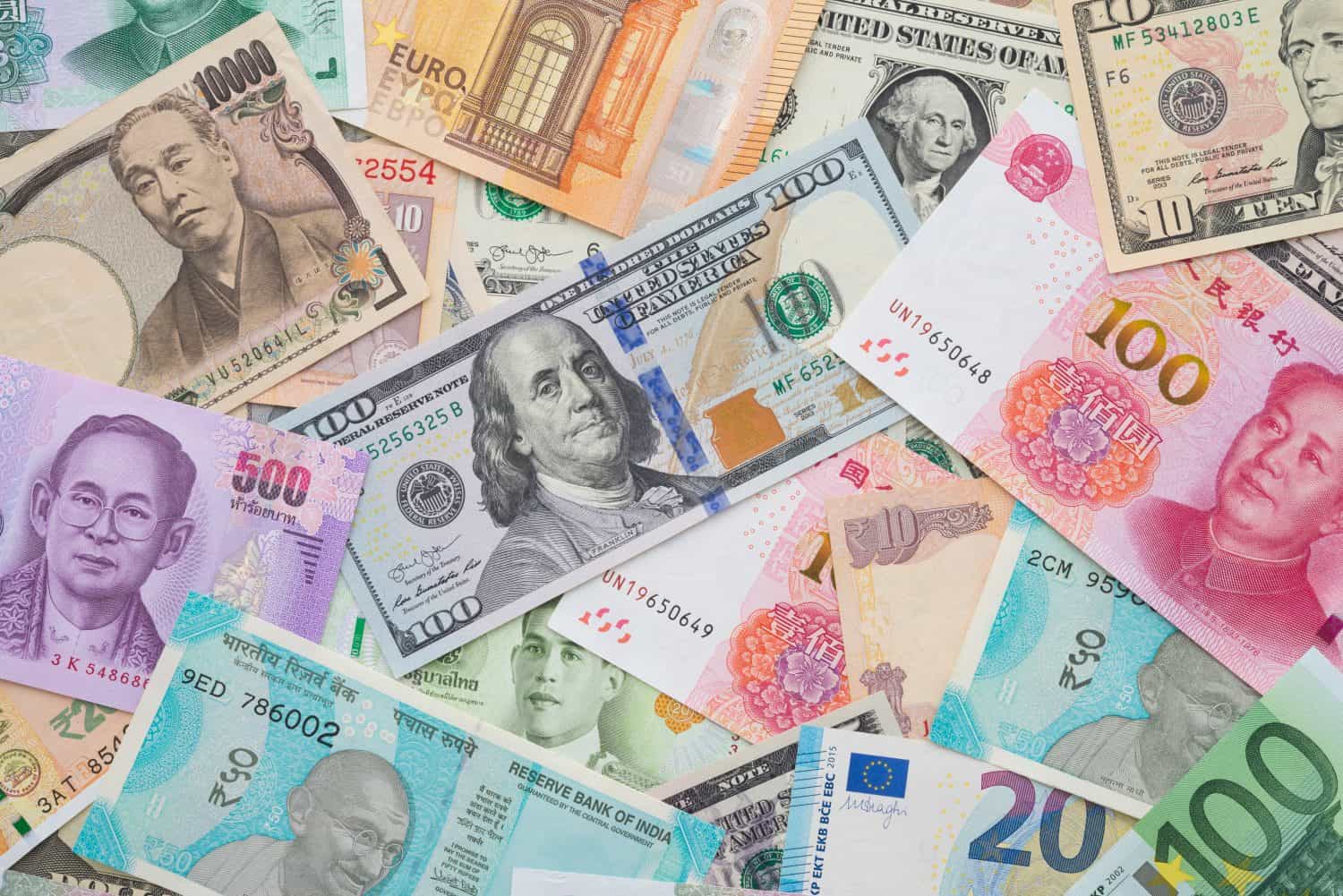
You’ve likely heard about tariffs more than a few times in the news recently. President Donald Trump has threatened to impose steep tariffs on imports from Canada, China, and Mexico. These tariffs would increase the tax on goods imported from these countries — which means those goods would cost a whole lot more by the time they’re sold to consumers in the United States. (These industries are most affected by tariffs.)
Trade has always had a huge impact on economic development and alliances. At the core of trade lies a significant tool: tariffs. Over the years, tariffs have been more than just numbers on a page; they’ve shaped entire economies. They’ve ignited revolutions, driven growth, and, at times, have even thrown whole nations into turmoil. (These countries have the highest tariff rates in the world.)
Below, we’ll take a look at 15 historical tariffs that didn’t just impact trade. Many of them impacted the world. Today, many nations still have high tariff rates.
Why We’re Covering This

Over the centuries, tariffs have profoundly impacted the prices and availability of various goods, which can affect a nation’s overall economic health. Understanding how and when tariffs have been used in the past helps us comprehend today’s current economic policies, international relationships, and the potential consequences to global stability.
These 15 historical tariffs changed the world:
1. The Navigation Acts (1651-1849): Shaping Colonial Trade
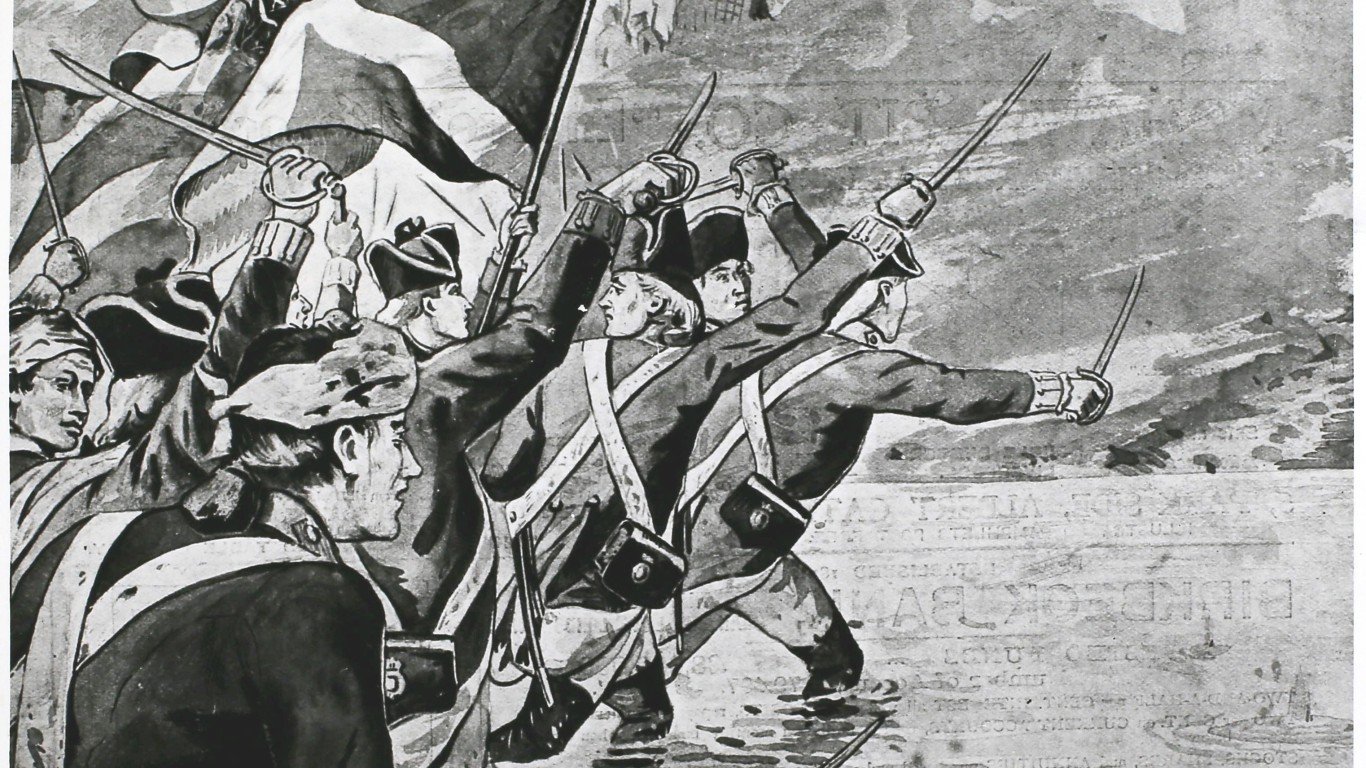
The Navigation Acts were a series of British laws designed to control trade with its colonies. By mandating that goods be transported in British ships and imposing tariffs on foreign imports, these laws protected British economic interests while stifling colonial autonomy. Simply put, it made the colonies reliant on Britain and was largely a political tool. The Acts also contributed to colonial unrest and eventually led to the American Revolution.
2. The Tariff of 1789: America’s First Protective Tariff
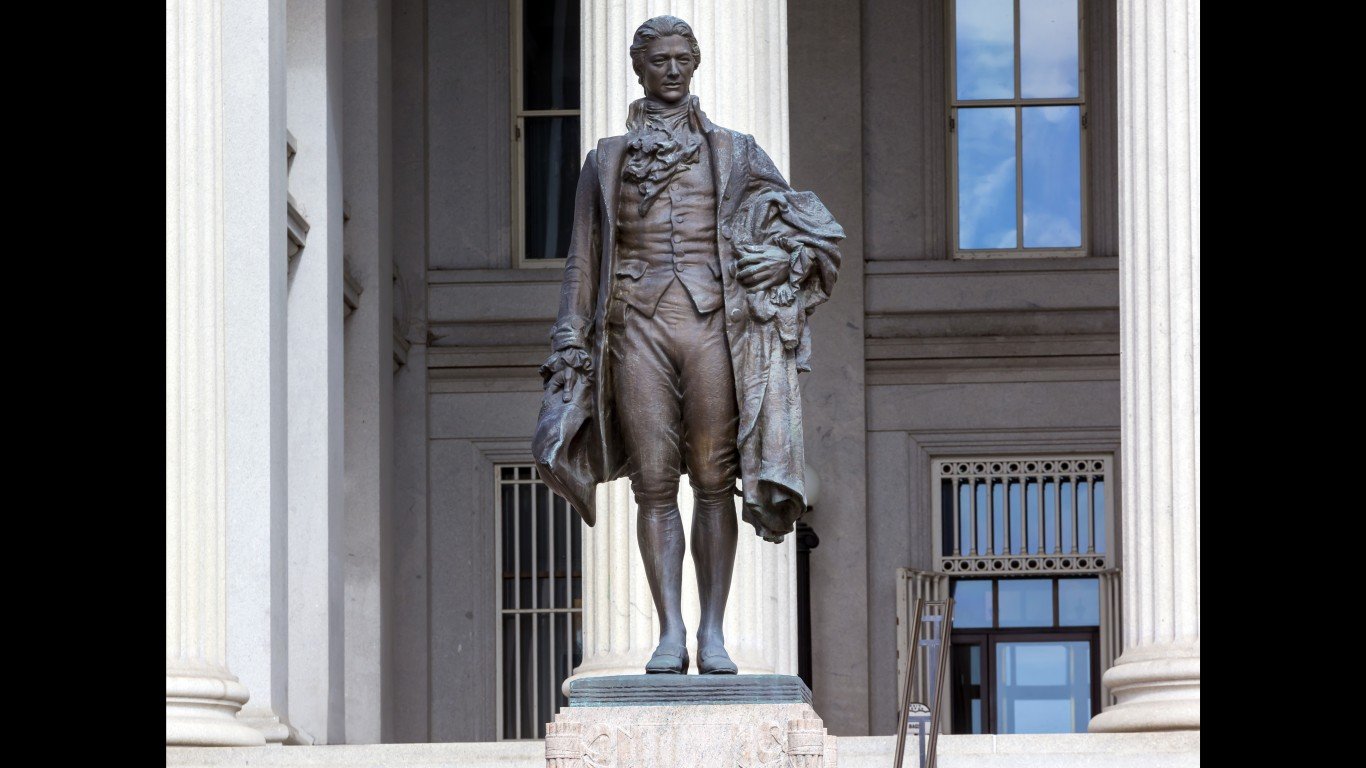
One of the first acts of the U.S. Congress was a protective tariff. This tariff was aimed to generate revenue for the federal government and protect American industries. It was modest in scope, but it did set a precedent for future acts.
3. The Corn Laws (1815-1846): British Agricultural Control

After the Napoleonic Wars, Britain enacted the Corn Laws, imposing high tariffs on imported grain to protect domestic agriculture. While these laws benefited landowners, they caused food prices to soar. This had a large impact on the lower class.
4. The Smoot-Hawley Tariff (1930): A Global Depression Trigger
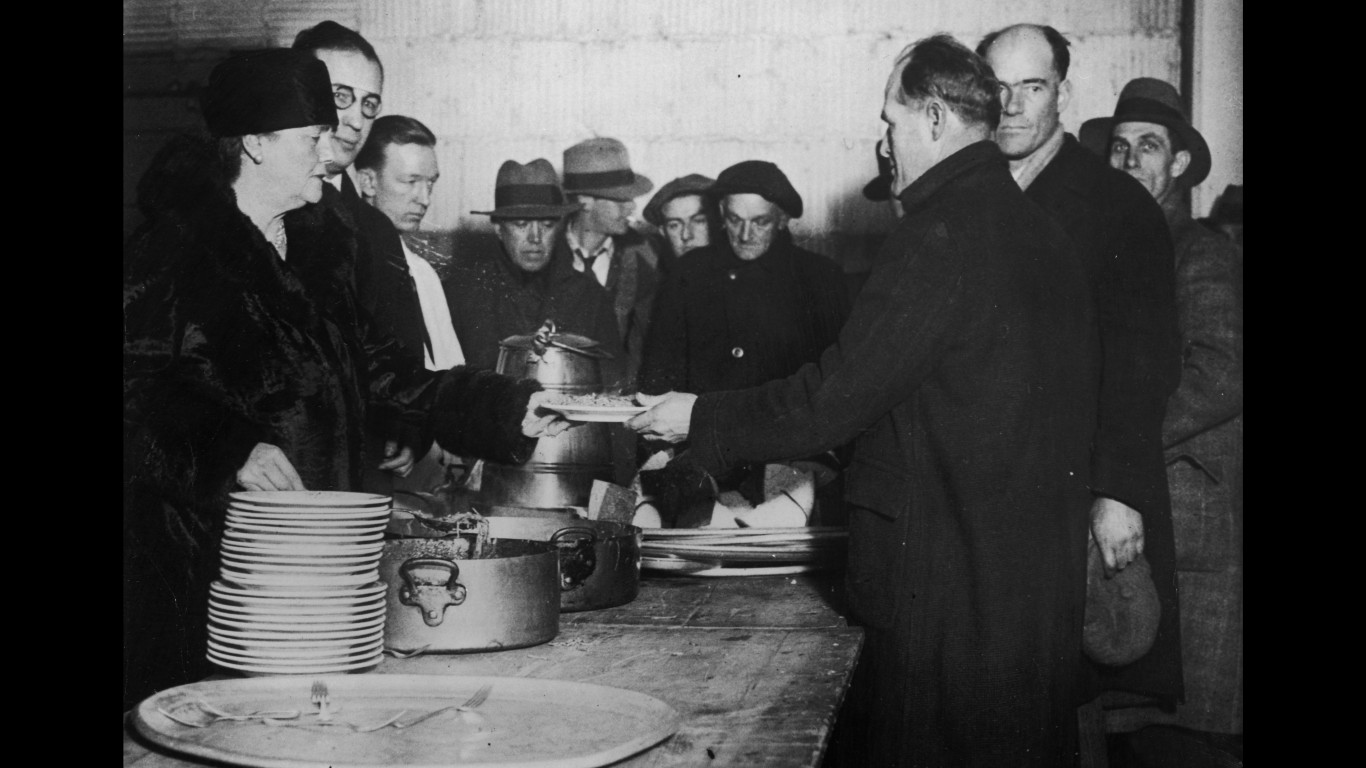
This tariff was designed to protect American farmers during the Great Depression. However, it seriously backfired. By raising duties on over 20,000 imported goods, it provoked retaliatory tariffs from other nations. This led to a global depression and collapsed international trade.
5. The McKinley Tariff (1890): Boosting American Industry

Named after Representative William McKinley, this tariff raised duties on imported goods to historically high levels. It aimed to protect American manufacturers but also led to increased consumer prices. While it did help in the short term, the tariff was widely unpopular and caused serious political backlash.
6. The Treaty of Nanking (1842): Tariffs Imposed After the Opium War

Moving away from America for a moment, the Treaty of Nanking imposed punitive terms after China’s defeat in the First Opium War. It included a low, fixed tariff on British goods. This opened Chinese markets to Western exploitation while eroding Chinese sovereignty.
7. The Reciprocity Treaty (1854): U.S.-Canada Trade Relations
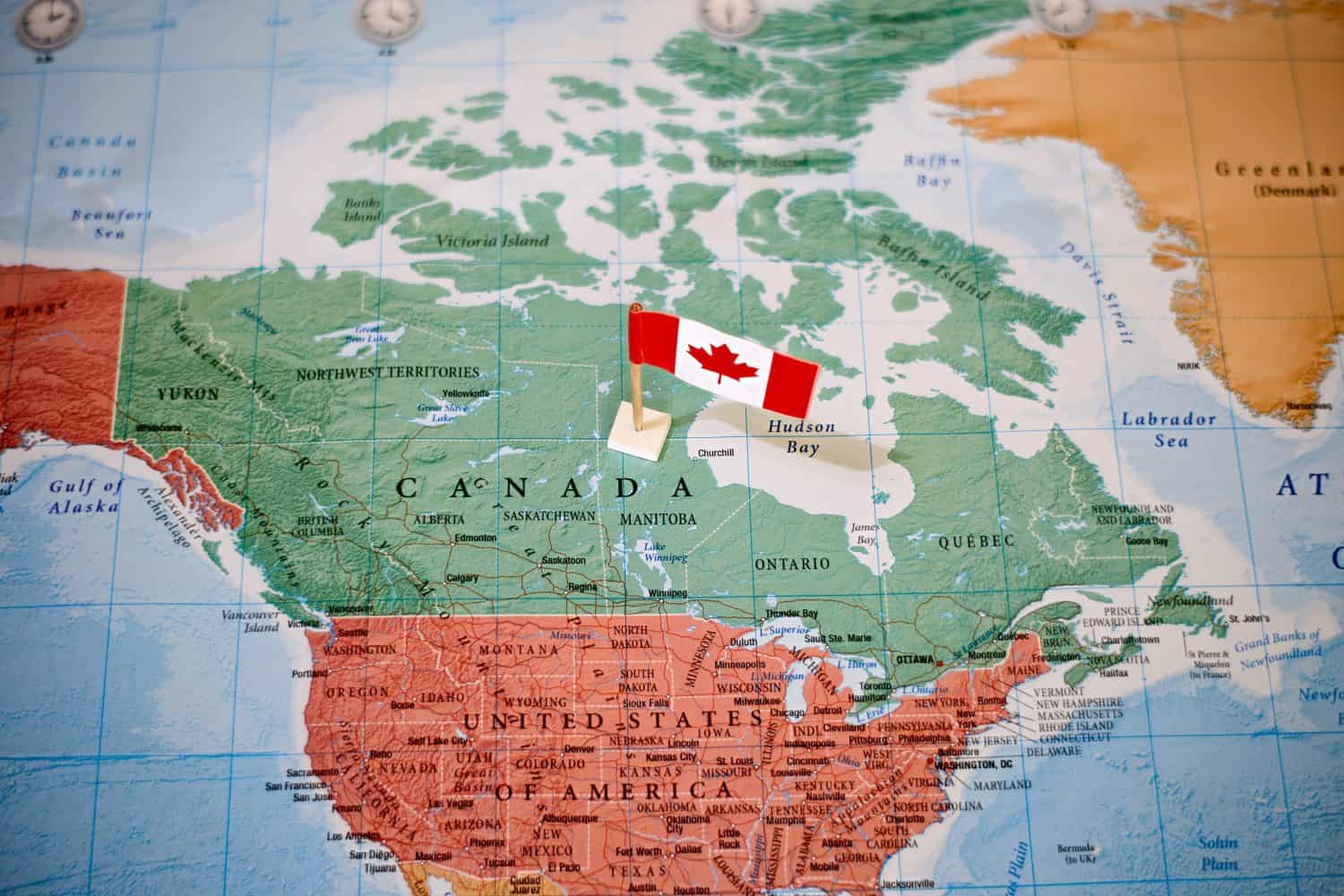
The Reciprocity Treaty between the United States and Canada marked a brief period of free trade in raw materials, benefiting both economies. It significantly reduced the tariffs in both countries, leading to more economic integration. However, the treaty ended after just over a decade in 1866, largely due to political tensions. It prompted Canada to look for new trade partnerships elsewhere.
8. The Walker Tariff (1846): A Free Trade Milestone
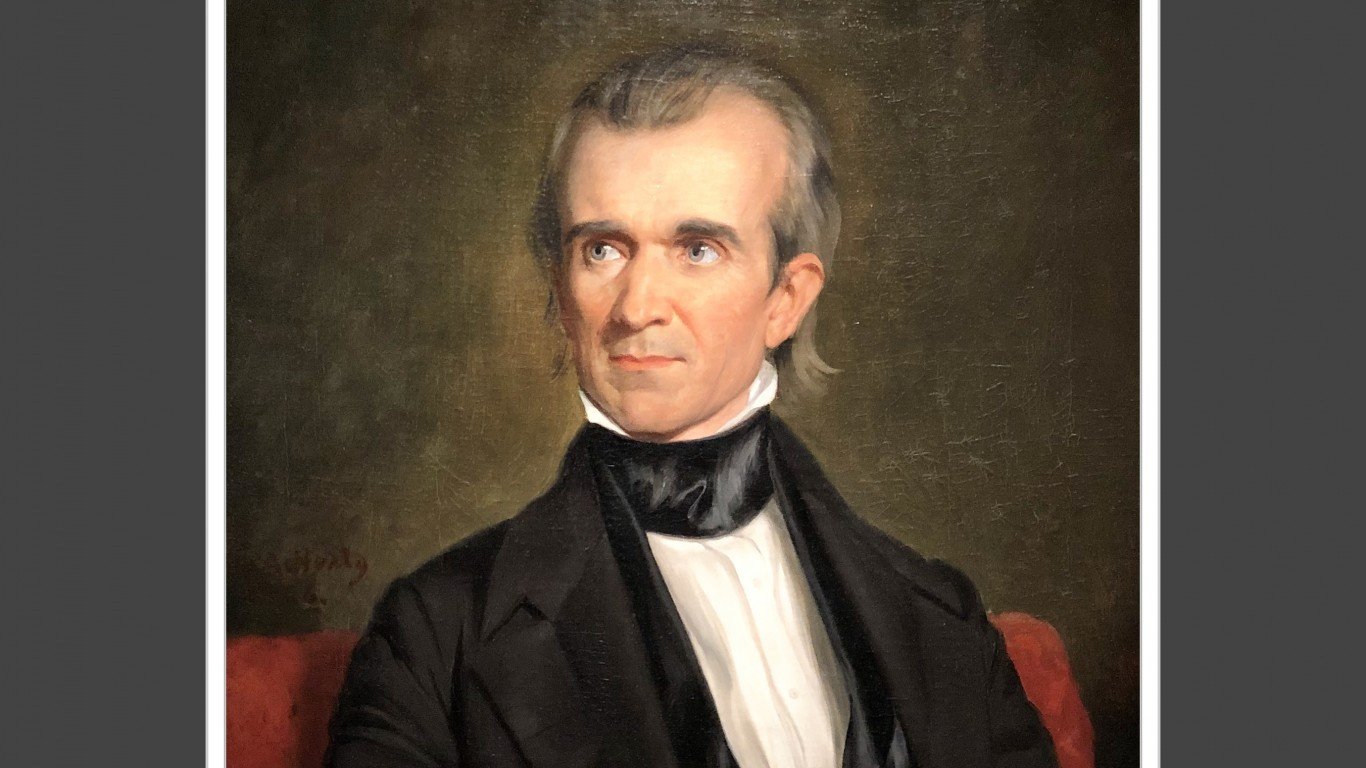
The Walker Tariff, introduced under President James K. Polk, significantly lowered U.S. tariff rates. Its main goal was to promote free trade principles. It reduced tariffs across the board and encouraged economic growth. This tariff set the precedent for modern trade politics and demonstrated what low tariffs could do.
9. The Zollverein Tariff (1834): Unifying German States
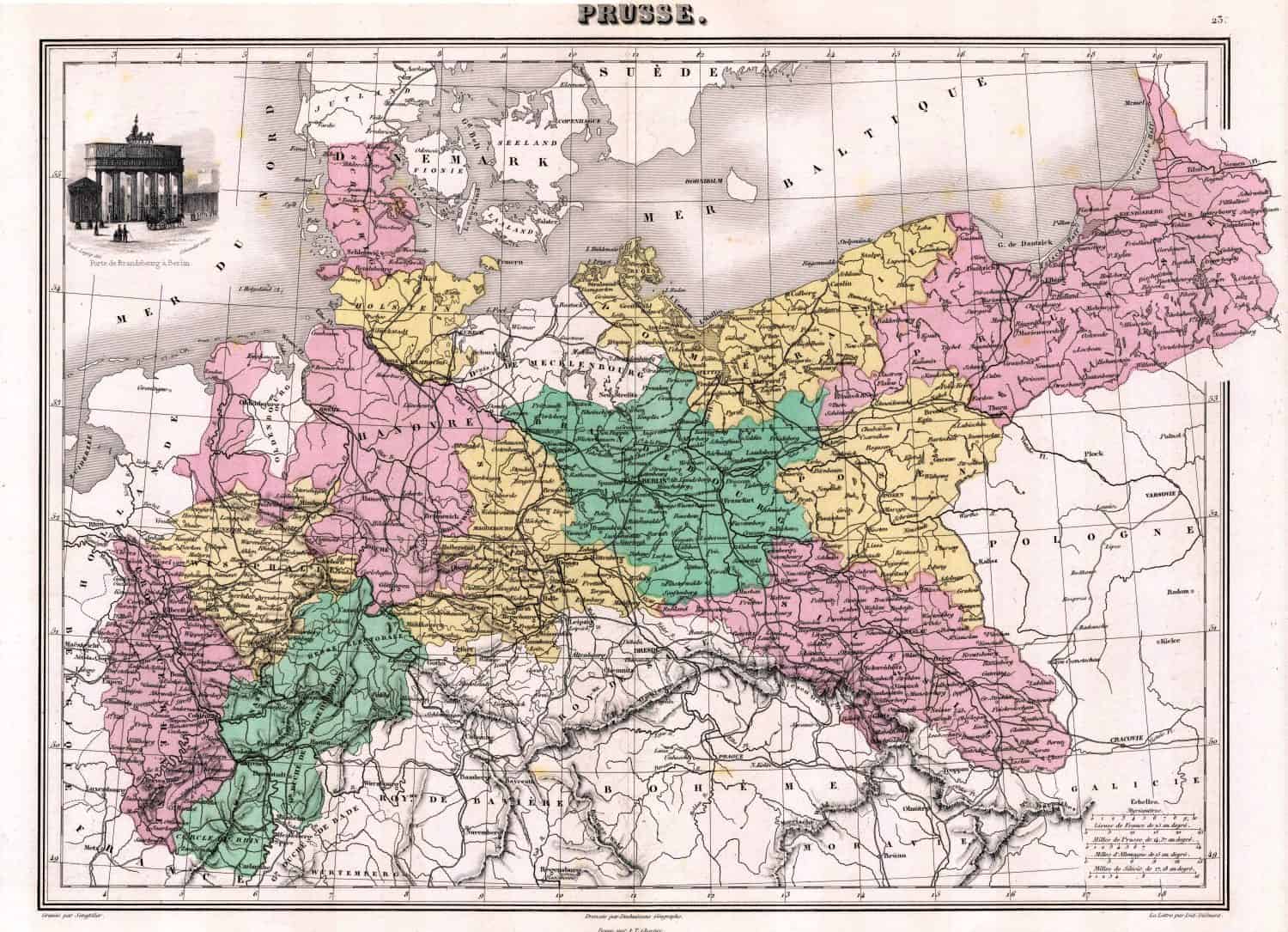
The Zollverein was a customs union initiated by Prussia, eliminating internal tariffs among German states and establishing a common external tariff. This vast move of economic integration provided the groundwork for future political unification.
10. The Morrill Tariff (1861): Financing the Civil War
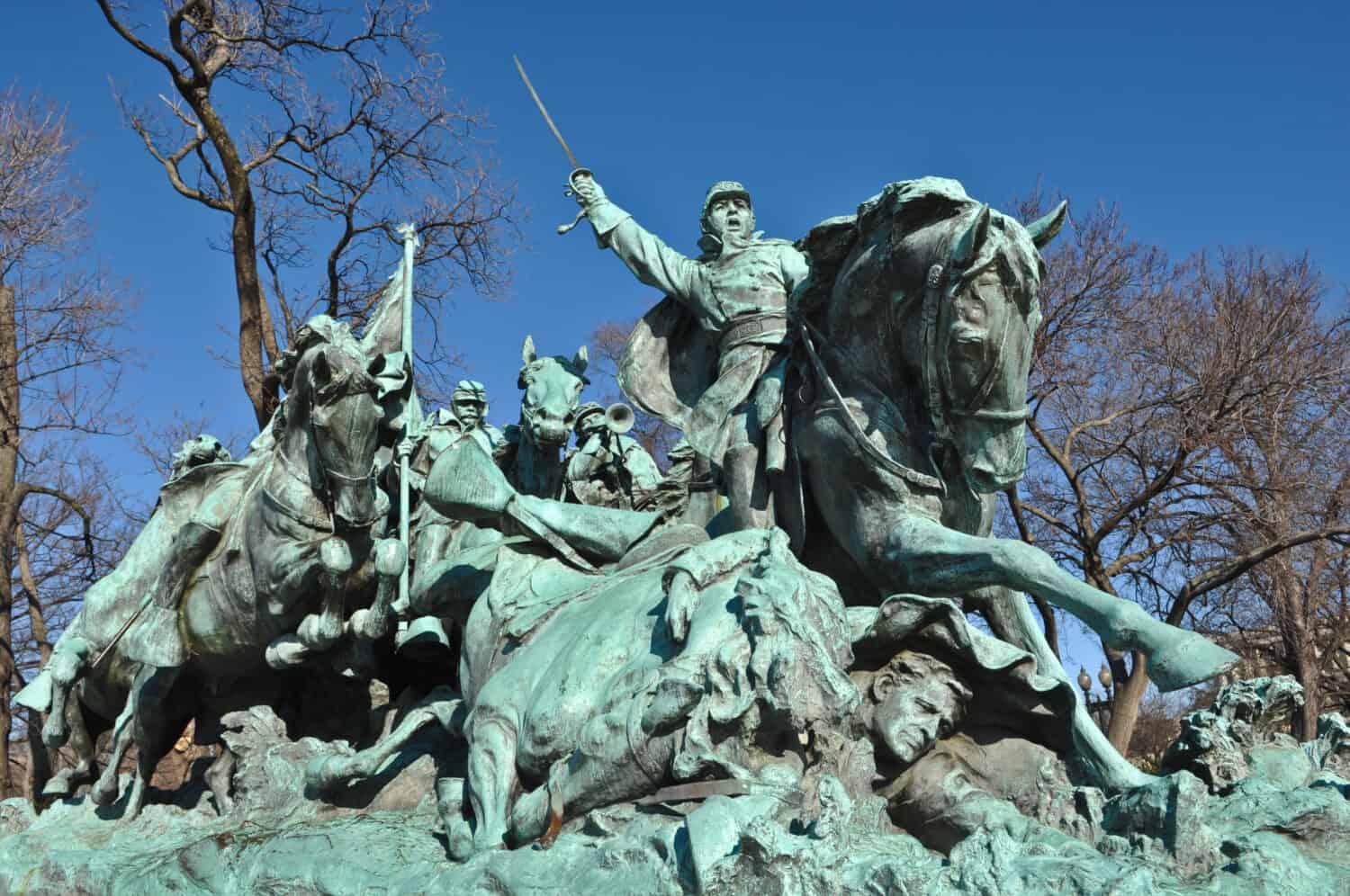
Enacted just before the outbreak of the U.S. Civil War, the Morrill Tariff raised duties to protect Northern industries and provide revenue for the federal government. It was meant to bolster the Union’s finances so that they could afford a war. However, it also deepened section divides, and Southern states viewed the tariff as a significant economic burden.
11. The Navigation Laws Repeal (1849): Britain’s Free Trade Revolution

The repeal of Britain’s Navigation Laws marked a major shift away from protectionism toward free trade. For a long time, these laws restricted shipping to British-owned vessels only. However, it was abolished in an attempt to increase trade. This move helped the British economy and strengthened the nation as a global trading powerhouse.
12. The Fordney-McCumber Tariff (1922): Post-WWI Protectionism
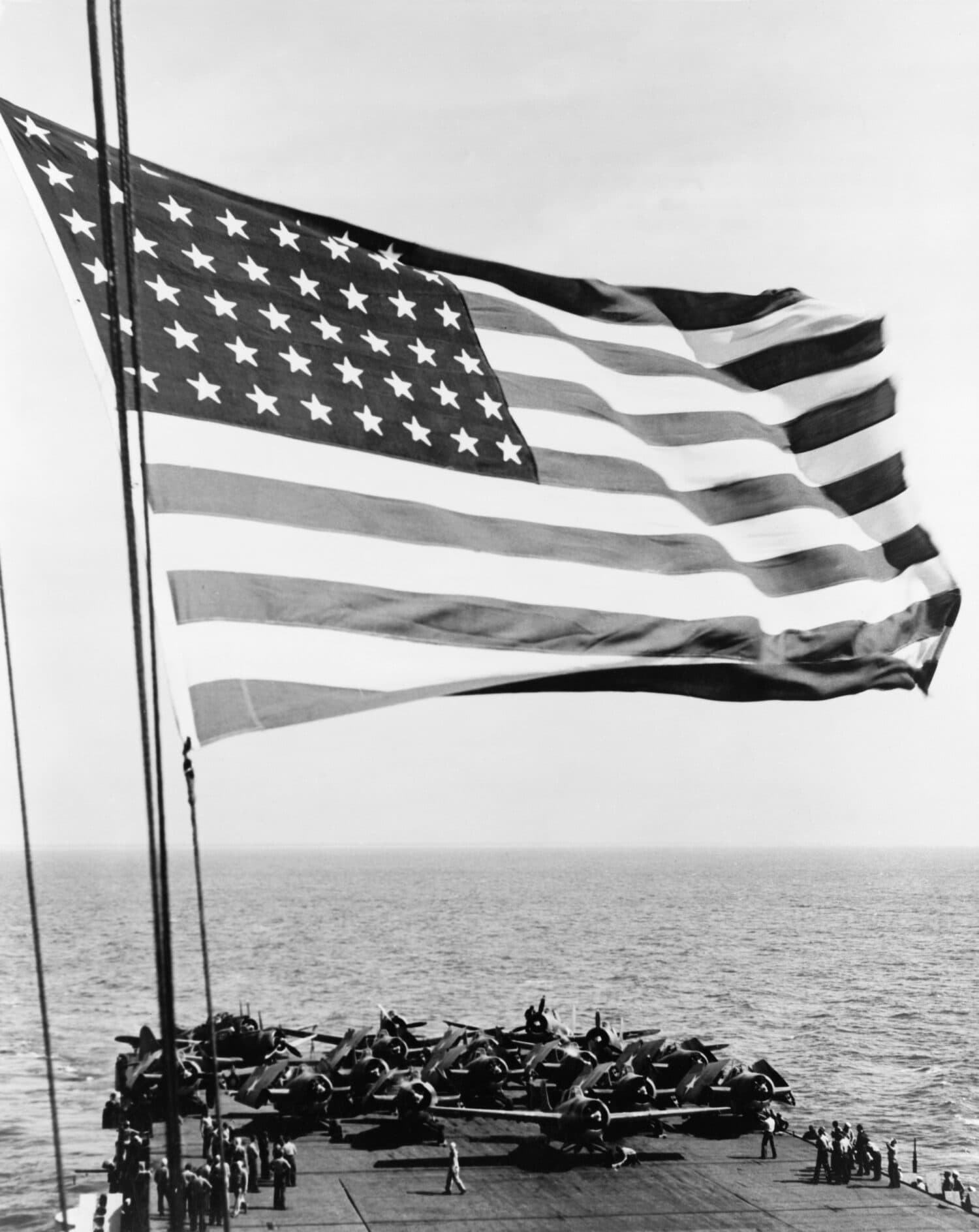
The Fordney-McCumber Tariff raised U.S. import duties to unprecedented levels. The tariff was meant to protect American businesses and agriculture. However, it strained international relations and contributed to economic instability in Europe. These problems lingered until the 1930s.
13. The Customs Tariff Act (1934): U.S. Embraces Reciprocity
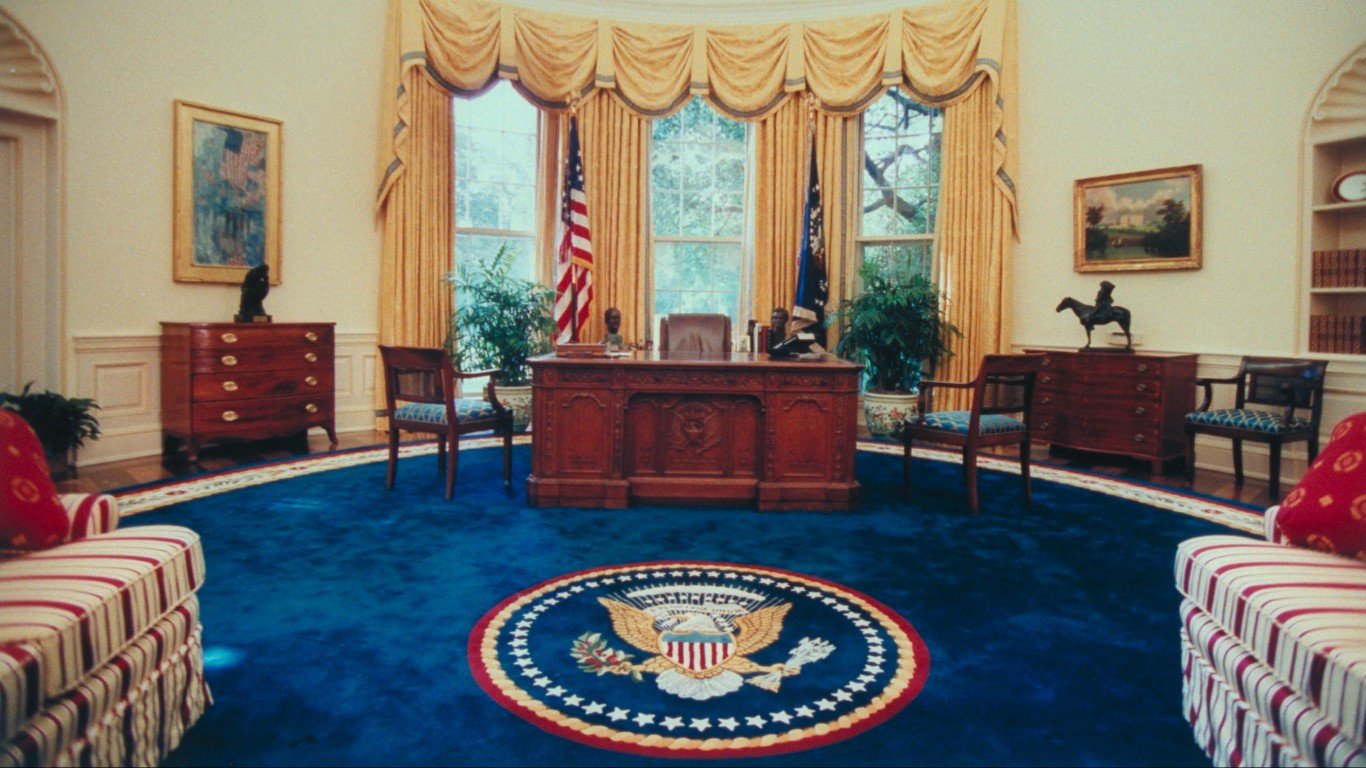
The Customs Tariff Act granted the U.S. President authority to negotiate trade agreements, marking a shift from unilateral tariffs to reciprocal trade deals. These trade deals laid the foundation for modern trade negotiations and away from sweeping tariffs of the past.
14. The GATT (1947): Rewriting Global Trade Rules

The General Agreement on Tariffs and Trade (GATT) was established to reduce trade barriers and foster international cooperation. This created a framework for resolving trade disputes, leading to more global stability.
15. China’s Accession to the WTO (2001): Tariffs and Globalization

China’s entry into the World Trade Organization required it to lower tariffs and open its markets to international trade. This milestone led to China becoming a central player in global supply chains, accelerating globalization in China.
The post These Tariffs Completely Reshaped the World appeared first on 24/7 Wall St..




